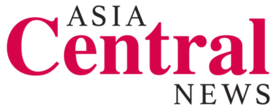By Leika Kihara
TOKYO (Reuters) – The Bank of Japan holds a two-day policy meeting concluding on Oct. 31, days after a general election where new Prime Minister Shigeru Ishiba faces a key test on his agenda to prop up wages and revitalise the country’s weak regional economies.
Here is a guide on what to expect and why the BOJ’s rate review matters:
IS BOJ GOING TO RAISE INTEREST RATES?
The BOJ ended negative interest rates in March and raised its short-term policy target to 0.25% in July. It has signaled readiness to hike again, once the board has enough confidence that Japan will durably hit its 2% inflation target.
With inflation stable around 2% and showing few signs of spiking, however, the BOJ is in no rush to pull the trigger.
The central bank is widely expected to keep rates steady at the October meeting, as Governor Kazuo Ueda has stressed the need to spend time scrutinising risks such as uncertainty over the U.S. economy and the fallout from volatile markets.
Central banks typically avoid changing policy around big political events. The BOJ has plenty of reason to stand pat with a domestic election scheduled on Oct. 27 and the U.S. presidential election looming early next month.
WHAT SHOULD MARKETS LOOK OUT FOR?
The BOJ has said it will hike rates again if the economy and prices move in line with its forecast. That means its quarterly report, which will include the board’s fresh growth and price forecasts, may offer clues on the next rate hike timing.
Sources have told Reuters the BOJ is unlikely to make major changes to its forecast for inflation to hover around its 2% target through March 2027.
While such projections would meet the prerequisite for more rate hikes, the BOJ may signal its readiness to go slow by highlighting risks such as slow global growth and the damage volatile markets could inflict on household and corporate mood.
If the BOJ escalates warning over such risks or refers to them in the report’s portion on policy guidance, that could further diminish the chance of a year-end rate hike. Increased optimism over sustained wage hikes, by contrast, could be a sign the next rate hike is nearing.
WHAT ELSE SHOULD MARKETS LOOK OUT FOR?
Governor Ueda’s post-meeting briefing, to be held at 3:30 p.m. Tokyo time (0630GMT) on Oct. 31, may offer clues on the pace and timing of further rate hikes.
In a briefing in September, Ueda dropped signs of a pause by saying the BOJ can “afford” to spend time scrutinising risks.
His comments on the yen are also key as the currency’s sharp decline, which pushes up inflation via import costs, was among factors that led to the BOJ’s rate hike in July.



































































